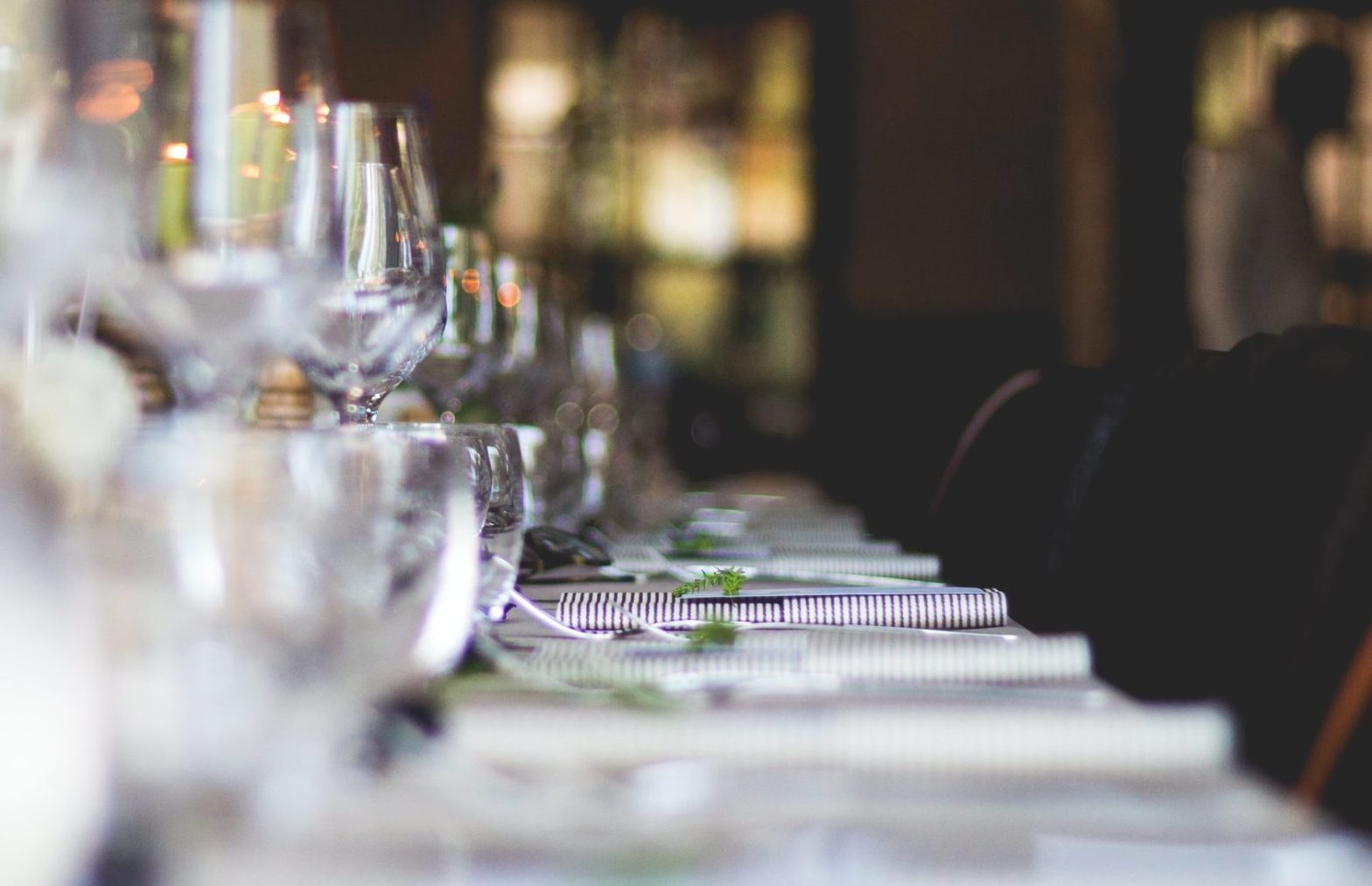The Science of Taste: Wine Pairing

The Science of Taste: Wine Pairing
Wine pairing is an art form that combines sensory experiences with scientific principles. Understanding how flavors interact and complement each other can elevate any dining experience. Here, we delve into the intricate world of wine pairing and the science behind it.
Understanding Flavor Profiles
Before delving into wine pairing, it’s essential to grasp the concept of flavor profiles. Each food and wine has distinct flavor components, including sweetness, acidity, bitterness, saltiness, and umami. The interplay of these elements determines how they harmonize or clash when combined.
Acidity
Acidity is a crucial component in both food and wine. High-acid foods like citrus fruits can complement wines with similar acidity levels, enhancing the overall taste experience. For instance, a crisp Sauvignon Blanc pairs well with a tangy ceviche, as the acidity in both components balances each other.
Tannins

Tannins, commonly found in red wines, contribute to their astringency and mouthfeel. Pairing tannic wines with fatty or protein-rich foods can mitigate their harshness, creating a more balanced palate. A classic example is pairing a robust Cabernet Sauvignon with a juicy steak, where the tannins help cut through the meat’s richness.
Complementary and Contrasting Pairings
When it comes to wine pairing, two main approaches are complementary and contrasting pairings. Complementary pairings match similar flavor profiles, enhancing the shared characteristics. Contrasting pairings, on the other hand, juxtapose opposing flavors to create balance and complexity.
Complementary Pairings
In complementary pairings, the goal is to accentuate the existing flavors in both the food and wine. For example, pairing a buttery Chardonnay with creamy pasta carbonara amplifies the dish’s richness while complementing the wine’s oakiness.
Contrasting Pairings
Contrasting pairings rely on the principle of balancing opposing flavors. Pairing a sweet Riesling with spicy Thai curry creates a harmonious contrast, as the wine’s sweetness counteracts the heat of the dish, resulting in a well-rounded taste experience. For the best australian nebbiolo melbourne see here.
Consideration of Regional Pairings
Regional cuisine and wine often share common roots, making them ideal companions on the dining table. Pairing a regional wine with its native cuisine can provide a glimpse into the cultural heritage and terroir of a particular region.

Italian Pairings
Italian cuisine boasts a diverse range of flavors, from rich tomato-based sauces to delicate seafood dishes. Pairing a Sangiovese-based Chianti with a hearty bowl of spaghetti Bolognese exemplifies the harmonious union of regional flavors.
French Pairings
French cuisine is renowned for its elegance and sophistication, mirroring the finesse found in French wines. A classic pairing of Coq au Vin with a Burgundy Pinot Noir showcases the synergy between rustic flavors and refined tannins.
Experimental Pairings
While traditional pairings offer tried-and-true combinations, don’t be afraid to experiment with unconventional pairings. The key is to trust your palate and explore new flavor combinations that excite your senses.
Unconventional Matches
Pairing a bold Malbec with dark chocolate or a dry Rosé with spicy Mexican cuisine may seem unconventional, but these pairings can surprise and delight the taste buds. By breaking away from traditional norms, you may discover unexpected flavor synergies that redefine your culinary experience.
Conclusion
Wine pairing is a dynamic interplay of science, art, and personal preference. By understanding the fundamentals of flavor profiles, exploring complementary and contrasting pairings, and embracing regional and experimental combinations, you can elevate your dining experience to new heights. Cheers to the endless possibilities of taste exploration!
